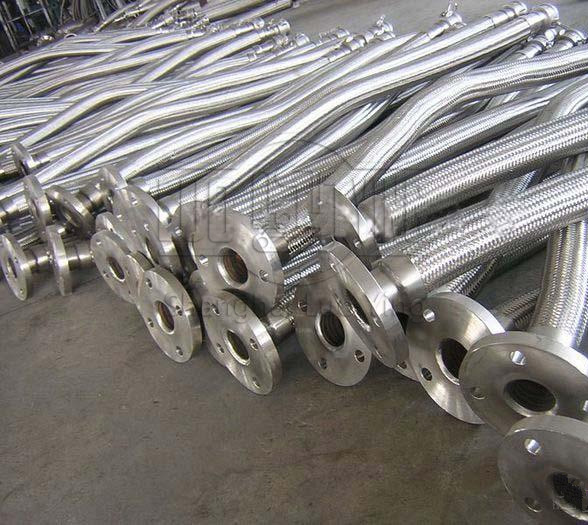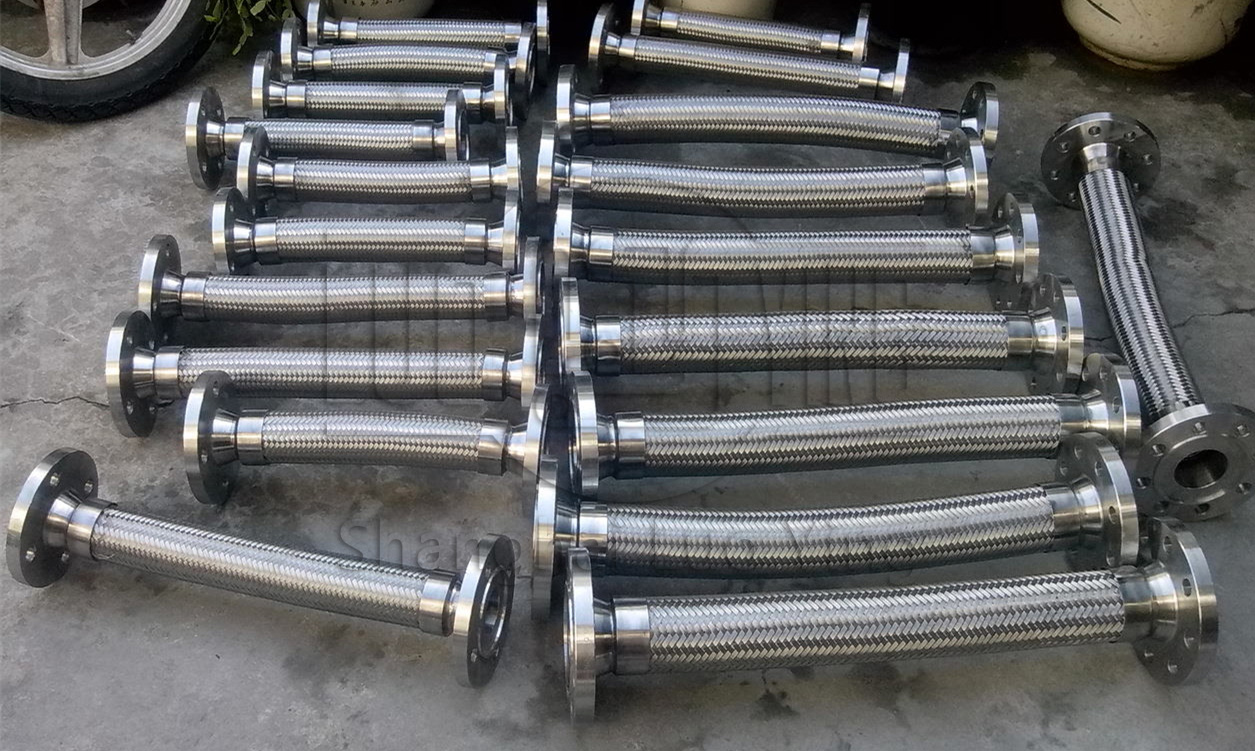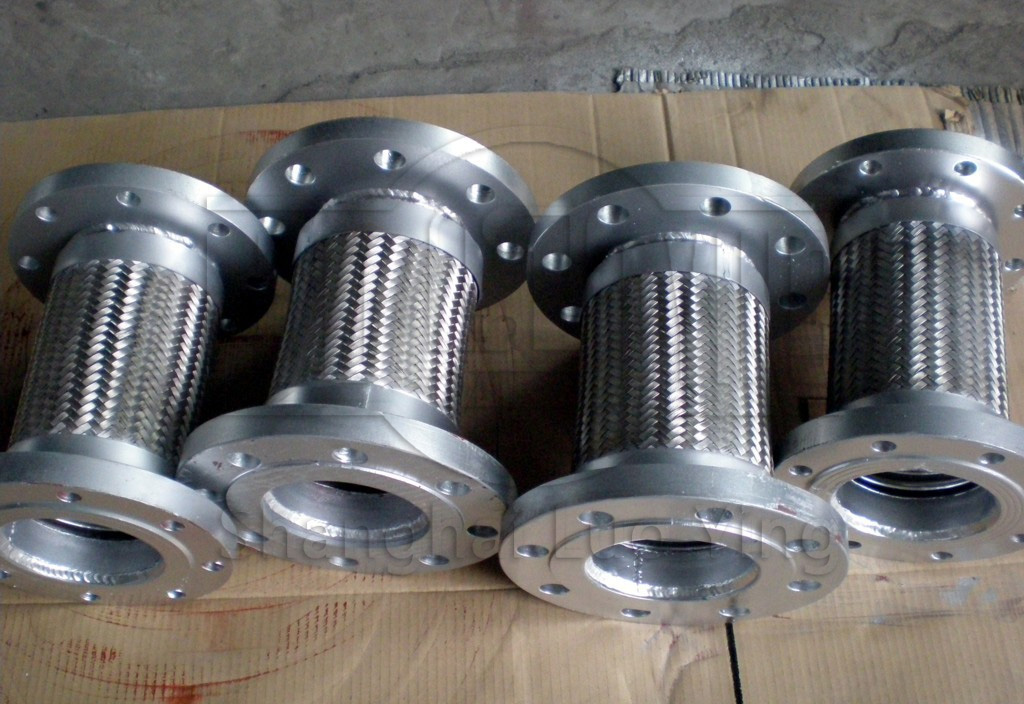Stainless Steel Metal Hose
Jan-23-24
Stainless steel metal hoses are designed to control vibration, reduce noise, relieve pressure, prevent system shock, and compensate for misalignment and movement. Metal connectors are used in the operation of pumps, compressors and other mechanical equipment bodies. The metal hose itself will overextend beyond its normal operating capacity when subjected to high pressure. Therefore, it is necessary to include an external flexible restraint (i.e., fabric) to withstand the specified internal pressure and prevent excessive elongation. The braid (woven metal) is designed to be used close to the metal hose and to hold it in place at the end of the hose and fitting. This braid is designed to be strong enough to withstand the full pressure rating extension of the hose.Stainless steel metal hoses and fabrics can be made from a variety of different metals to meet the needs of the industry. The specifications of the hose and fabric depend on the temperature, pressure, flow medium, application and external environment. Common materials used for metal hoses are 321 stainless steel hose and 304 stainless steel braided material. Products represent typical sizes, lengths and materials for pump connectors; however, other materials and lengths are available and can be customized to meet customer requirements.
Stainless steel 304/316 series braids are available. The steel braid is designed to improve the pressure resistance of the high temperature flexible hose. Depending on the pressure parameters in the application, metal hoses are available in single or double or multiple braid designs. Braid structures are produced in a wide range of 24 and 36 carriers. Bright annealed and high strength steel wire for the production of metal braids. Once welded together with the stainless steel braid, the metal hose can absorb minor vibrations and movements and also serve as a protective layer for thin-walled hoses. Absorbs and isolates troublesome piping, eliminates pump system pulsation, calms jittery compressor piping, absorbs piping expansion, compensates for misalignment, and eliminates piping stress.




